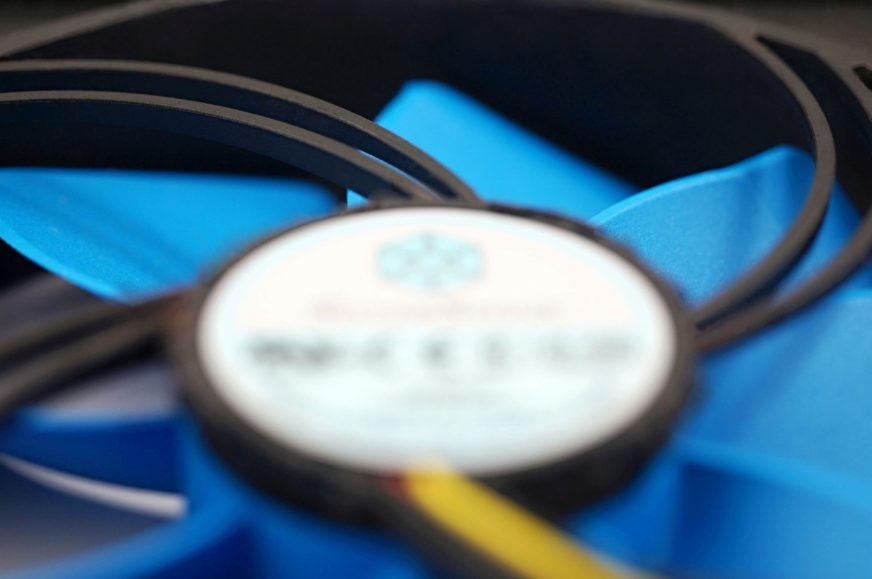Conclusion
Every SilverStone Air Penetrator series fan includes an aerodynamic grille on the exhaust. This is firmly attached to the frame, but can be forcibly removed. The AP123 fan has gone through such a process and we will demonstrate the benefits of this grille. Whether it is good or bad cannot be noted briefly, but the way SilverStone communicates it to the public is again a bit unfortunate and misleading.
Conclusion
We’ll start our assessment of the benefits of the SilverStone aerodynamic grille with a simple question. Why don’t other manufacturers use it in their designs? Firstly, because in normal practice it degrades rather than improves cooling efficiency. This grille reduces airflow by 15-84%. The lower the speed, the more intense the deterioration. The dynamic pressure behind the rotor becomes weaker as the speed decreases and it becomes more and more difficult for the fan to overcome the obstacle in the form of the grille.
Remarkably, the grille does not increase the noise level. Without the grille, we even measured 0.4 dBA more noise at maximum speed. The grille is, of course, an obstacle that increases the mechanical resistance (because of which the noise increases), but on the other hand it modifies the character of the flow. This is still turbulent, but the flow behind the grille is nevertheless more laminar (quieter), although this (laminarization) is not encouraged too much in order not to degrade the characteristics for use on heatsinks. This is also why the individual blades of the grille are curved, thus encouraging turbulent flow.
While the airflow is lower with the grille at all times (than without the grille), in the 1050–1350 rpm spectrum, higher static pressure is achieved with it. At other, higher or lower speeds, the static pressure is otherwise always slightly lower.
The grille doesn’t affect the frequency characteristic of the sound much either, especially at the lower speeds of the fixed levels of 33 and 39 dBA, the shape of the spectrographs is like through a photocopier. Larger but still negligible differences are only in the 45 dBA mode. Without the grille, the dominant frequency in the lower band (131 Hz) is a hair weaker (less loud).
The dominant frequency in the mid-band, on the other hand, is stronger, and also different, 150 Hz higher (538 Hz) than it is in the original composition with the grille. The frequencies around 2 kHz are also slightly stronger without the grille. However, these are subtle shades and you won’t notice the change in acoustics with ordinary ears. SilverStone has tuned this well, even though the individual grille blades have squared edges.
The biggest differences are in the intensity of the flow, i.e. the volume of air pumped. In this respect, the grille is detrimental and the flow trajectory can be bent in a much more reasonable way than this. Losslessly, using tunnels. And it doesn’t have to be anything complicated either. To cool the GPU (and its VRM) more efficiently, just make a cardboard canopy, supported on one side by the fan frame and on the other by the backplate of the graphics card itself. In addition to higher airflow for the cooler, this will also give you higher pressure for the passive components. However, this may not provide better cooling.
Remember the tests of the Adata XPG Storm cooler, which heated the SSD more in active mode than in passive mode, despite properly optimized system cooling.
Our thanks goes to reader Mino_85, for the idea for this article.
English translation and edit by Jozef Dudáš
- Contents
- Analysis of the SilverStone aerodynamic grille
- The basis of the methodology, the wind tunnel
- Static pressure measurement…
- … and airflow
- Results: Airflow w/o obstacles
- Results: Static pressure w/o obstacles
- Results: Frequency response of sound w/o obstacles
- Conclusion









